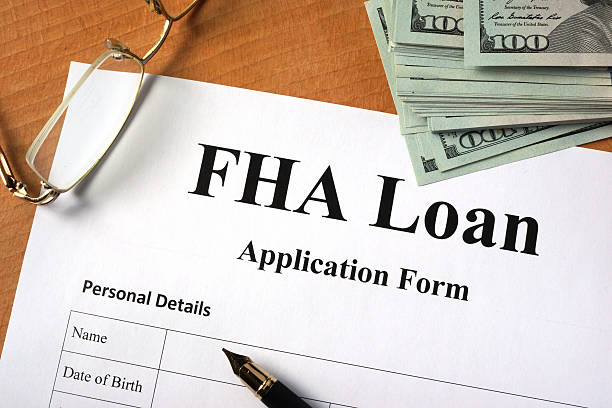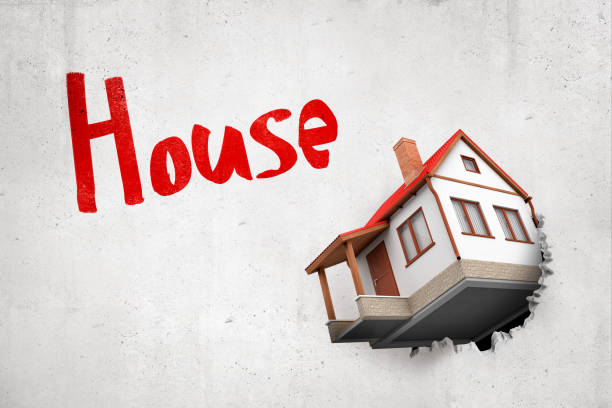When it comes to buying a home, one of the biggest financial decisions you’ll make is choosing the right mortgage term. The two most common options are the 15-year and the 30-year mortgage loans. Each comes with its own set of advantages and trade-offs, and the decision can have a significant impact on both your monthly payments and long-term financial health.
In this article, we’ll explore the key differences between 15-year and 30-year mortgage loans, including how they affect your monthly payments, the total interest paid over the life of the loan, and the long-term impact on your financial goals. Understanding these differences can help you choose the best mortgage option based on your financial situation, lifestyle, and future plans.
1. Monthly Payments: 15-Year vs. 30-Year Loans
One of the most significant differences between a 15-year mortgage and a 30-year mortgage is the size of the monthly payments.
- 15-Year Mortgage: With a 15-year mortgage, the loan is paid off in half the time of a 30-year loan. While this means you’ll build equity in your home more quickly, it also means that your monthly payments will be higher. Because you’re paying off the loan in a shorter time frame, the lender needs to recoup the full loan amount more quickly, which results in larger monthly installments.
- 30-Year Mortgage: A 30-year mortgage, on the other hand, spreads the payments out over a longer period. This results in smaller monthly payments, making it more affordable in the short term. Many first-time homebuyers choose a 30-year mortgage because the lower payments fit better into their budgets.
For example, let’s say you’re borrowing $300,000 at an interest rate of 4%:
- With a 15-year loan, your monthly payment would be approximately $2,219 (excluding taxes and insurance).
- With a 30-year loan, your monthly payment would be about $1,432.
Clearly, the 30-year mortgage offers a more manageable monthly payment, but it’s important to weigh this against the long-term cost of the loan.
2. Interest Rates: How They Differ
Another factor to consider is the interest rate. Generally, a 15-year mortgage tends to come with a lower interest rate than a 30-year mortgage. This is because a shorter loan term is less risky for lenders—the loan is paid off faster, so they’re exposed to less interest-rate risk.
- 15-Year Mortgage: Because the term is shorter, lenders often offer lower rates on 15-year loans. This can be a significant benefit if you’re looking to minimize the total interest paid on your loan.
- 30-Year Mortgage: The interest rates on 30-year loans are usually higher. Over time, this can add up to a substantial difference in the total cost of the mortgage, despite the lower monthly payments.
Taking the earlier example of a $300,000 loan at a 4% interest rate for a 15-year loan versus 4.5% for a 30-year loan:
- The 15-year mortgage would cost you $2,219/month with a total interest paid of approximately $97,420 over the life of the loan.
- The 30-year mortgage would cost $1,432/month, but you’d pay a total of around $148,000 in interest.
Even though the monthly payment is lower with a 30-year loan, the difference in interest paid over the life of the loan is substantial. In this case, choosing a 30-year mortgage could end up costing you nearly $50,000 more in interest over time.
3. Building Equity: Faster with a 15-Year Loan
One of the primary advantages of a 15-year mortgage is the speed at which you build equity in your home. Since you’re paying down the principal faster, you’ll own a larger portion of your home much sooner than with a 30-year mortgage.
- 15-Year Mortgage: With the higher monthly payments and quicker repayment period, you’re putting more money toward the principal balance each month, which means you’ll pay off your home in half the time. If building equity faster is important to you (perhaps to sell the home or use it as collateral for future loans), a 15-year mortgage may be a good option.
- 30-Year Mortgage: With a 30-year mortgage, the first several years of payments are mostly applied toward interest rather than principal. This means you’ll take longer to build equity, and early on, the amount of your payment that goes toward reducing the loan balance is relatively small.
If you plan to stay in your home long-term, the 30-year mortgage may work well, but if you’re looking to pay off your home quickly or build equity faster, the 15-year mortgage offers a clear advantage.
4. Total Interest Paid: The Long-Term Costs
The total interest you pay over the life of the loan can be significantly different depending on the mortgage term you choose.
- 15-Year Mortgage: While your monthly payments will be higher, the 15-year mortgage allows you to pay off the loan faster and therefore reduces the total interest you’ll pay over the life of the loan. For example, with a $300,000 loan, you might pay $100,000 in interest with a 30-year loan but only around $60,000 with a 15-year loan.
- 30-Year Mortgage: Though the monthly payment is more affordable, the longer term means you’ll pay significantly more in interest. The total interest paid on a 30-year mortgage can easily double compared to a 15-year loan.
This can be a critical consideration if you’re trying to minimize the cost of your home over time and are not as concerned with the immediate impact on your budget.
5. Flexibility vs. Aggressive Payoff
Choosing between a 15-year and 30-year mortgage often comes down to what’s more important to you: flexibility or paying off your home aggressively.
- 15-Year Mortgage: If you’re in a financial position to handle higher monthly payments and prefer to pay off your home faster, the 15-year mortgage is an excellent choice. It forces you to be disciplined, but it comes with the satisfaction of owning your home outright in half the time.
- 30-Year Mortgage: If you want more breathing room in your budget or you anticipate changes in your income (such as having children or going back to school), the 30-year mortgage offers more flexibility. You can make smaller payments now, but if you’re able to make additional payments or pay off the loan early, there’s no penalty (unless specified in your loan agreement). In this sense, a 30-year mortgage can provide a balance of flexibility and long-term savings.
6. Which Loan is Right for You?
Ultimately, the choice between a 15-year and 30-year mortgage depends on your personal financial situation and goals. Here are some factors to consider:
- Choose a 15-year mortgage if:
- You can comfortably afford the higher monthly payments.
- You want to pay off your home quickly and save on interest.
- You have stable, reliable income and can handle less flexibility in your budget.
- Choose a 30-year mortgage if:
- You need lower monthly payments for more flexibility in your budget.
- You’re comfortable with paying more in interest over time for the ability to invest elsewhere or handle other financial obligations.
- You plan to stay in your home for a long time and want the peace of mind that comes with more manageable payments.
Conclusion
Both 15-year and 30-year mortgages have their benefits, and the right choice depends on your financial goals, income stability, and budget preferences. If you want to pay off your home faster and save on interest, the 15-year mortgage is a solid option. However, if you need more flexibility with lower monthly payments, the 30-year mortgage is likely the better fit. Regardless of the option you choose, make sure to compare rates, understand the total costs involved, and choose a loan term that aligns with your long-term financial plans.

